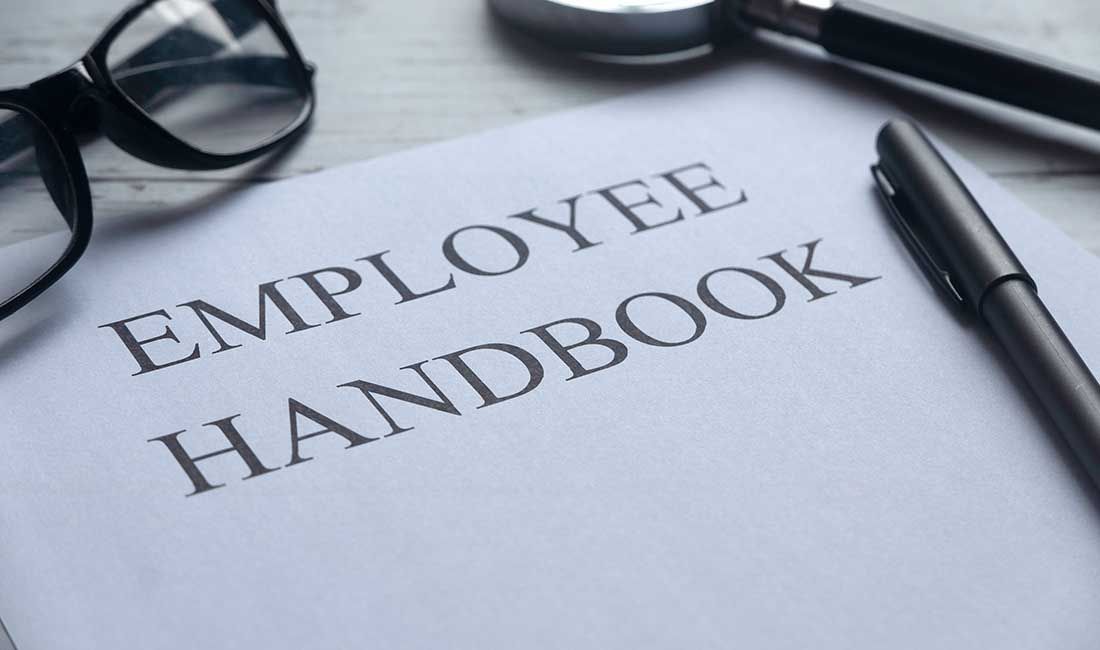New Duty to Prevent Sexual Harassment

| W.E.U Admin | Workplace Wellbeing
TAGS: EHRC, Equality, Workplace
Posted By: admin 12/07/2024
Article by  CMS Cameron McKenna Nabarro Olswang LLP
CMS Cameron McKenna Nabarro Olswang LLP
On 9 July 2024, the Equality and Human Rights Commission (EHRC) published updated guidance on how employers should comply with the new duty to prevent sexual harassment in the workplace. This concise new chapter will be inserted into the EHRC’s existing technical guidance “Sexual Harassment and Harassment at Work,” originally published in 2020. The updated guidance is open for consultation until 6 August 2024.
The new duty to prevent sexual harassment, set out in the Worker Protection (Amendment of Equality Act 2010) Act 2023, comes into force on 26 October 2024. Employers must take reasonable steps to prevent sexual harassment of their employees, but the Act provides no specific definition of “reasonable steps.” The updated guidance aims to fill that gap, although it remains light on detail. Employers will need to determine appropriate measures based on their sector, size and resources.
New Duty to Prevent
The Worker Protection Act introduces a mandatory, anticipatory duty: employers must take reasonable steps to prevent sexual harassment in the workplace before any incident or complaint arises. Planning, risk assessment and resource allocation are critical to compliance. The duty applies only to sexual harassment and does not cover harassment related to protected characteristics or less favourable treatment for rejecting or submitting to unwanted conduct.
Reasonable Steps
What constitutes reasonable steps will vary by employer, depending on factors such as size, sector and resources. The test is objective and fact-specific. The guidance advises employers to:
- Consider the risk of sexual harassment occurring in the workplace
- Identify measures to reduce those risks and prevent harassment
- Determine which measures are reasonable to implement
- Implement those reasonable measures
Risk assessments should identify “hotspots” and mitigation strategies. The EHRC’s existing guidance lists examples of risk factors:
- Power imbalances
- Job insecurity
- Lone working
- The presence of alcohol
- Customer-facing duties
- High-tension events
- Lack of workforce diversity
- Secondments
Other common risks include inappropriate texts and personal relationships at work. The guidance refers to practical steps such as effective policies, awareness-raising, addressing power imbalances and training. Employers can adapt the UKHospitality checklist and action plan and consult the EHRC’s seven-step guide.
Harassment by Third Parties
The guidance states that the duty “includes prevention of sexual harassment by third parties.” Although the Worker Protection Act did not reintroduce liability for third-party harassment, the EHRC expects employers to assess and mitigate risks posed by customers, clients, service users and others. Two of the guidance’s workplace examples highlight failures to consider third-party risks, leading to potential enforcement action.
Enforcement
Non-compliance carries two consequences:
- EHRC enforcement action
- Up to a 25% uplift in tribunal compensation awards
EHRC Enforcement Action
The EHRC can act on suspicion of non-compliance without waiting for a harassment incident. Its powers include:
- Investigating an employer
- Issuing an unlawful act notice
- Entering into a legally binding section 23 agreement
- Obtaining a court injunction
Enforcement carries reputational risks and may affect procurement. Resource constraints may limit action to the most serious cases.
Increase in Compensation
Employment tribunals must consider compliance when awarding compensation for sexual harassment. Uplifts reflect the extent of non-compliance. For example, a 10% uplift was illustrated where an employer had policies and training but failed to review their effectiveness for several years.
Comment
The inclusion of third-party harassment is the most notable development. Retail, hospitality and customer-facing employers must pay particular attention to these risks. Corporate employers should also consider networking events and dinners as potential hotspots. Mitigating third-party risk without harming business relationships poses challenges.
Employers should assess what the preventative duty means in practice, raise awareness across the organisation and equip staff, managers and HR to comply. Finally, Labour’s New Deal for Working People pledges to strengthen the duty and may reintroduce liability for third-party harassment, indicating possible future reforms.
workersofengland.co.uk | Independent Workers Trade Union
This Article is Tagged under:
EHRC, Equality, Workplace
Share Article
Most Popular Articles
Related Information Items
-

5G – Concerns Grow Over Wireless Safety Guidelines and Worker Exposure
| W.E.U Admin | Workplace Wellbeing
















